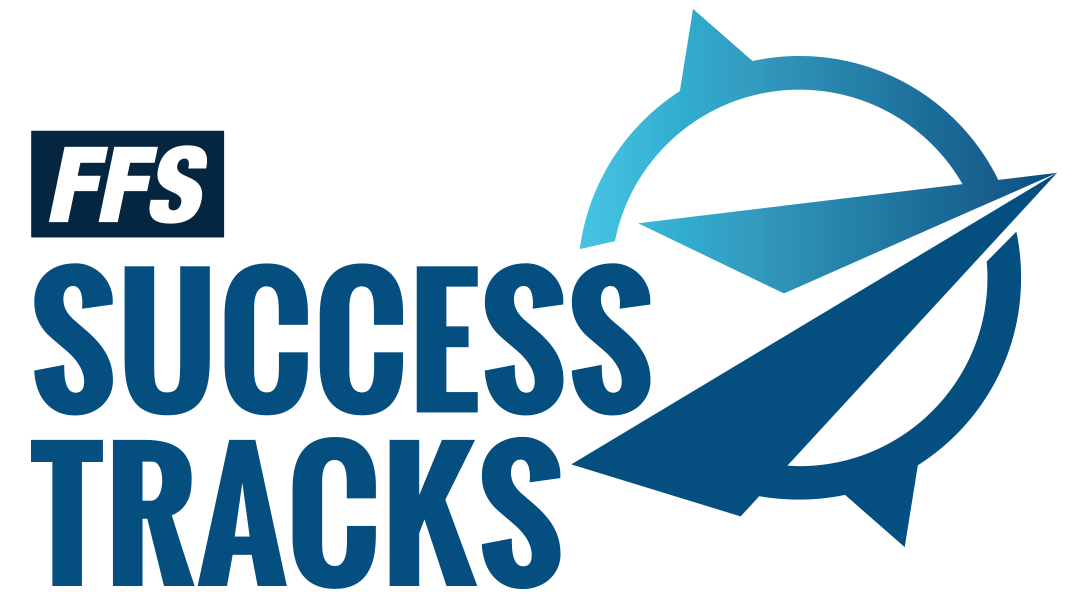Anti-Money Laundering

Anti-Money Laundering refers to a set of laws, regulations, and procedures intended to prevent criminals from disguising illegally obtained funds as legitimate income. Though Anti-Money Laundering (AML) laws cover a relatively limited range of transactions and criminal behaviors, their implications are far-reaching.
For example, AML regulations require that banks and other financial institutions that issue credit or allow customers to open deposit accounts follow rules to ensure they are not aiding in money-laundering.
An Anti-Money Laundering course is intended for all professionals who are in the insurance sector. It will familiarize you with the processes used by money launderers, the principal ways in which money launderers tend to target the insurance sector, and best practices in detecting and dealing with the risk of money laundering. To comply with federal regulations, carriers must ensure that you complete Anti-Money Laundering (AML) training before they can issue your submitted business.
NLG/LSW will allow you to get contracted without proof of AML, but you must submit proof of completion within the first few weeks of contract approval or risk contract termination. You must show that AML has been completed within a 24 month period (and complete a refresher AML course every 18 – 24 months). Most other carriers will allow you to get contracted without proof of AML, but will not issue your business until you submit proof of completing AML training within the last 18-24 months.
Each carrier has their own guidelines on which AML course they will accept or how often an AML refresher course must be completed. Some carriers require training to be completed every 12 months; others, 18 months; and yet others, every 24 months. If directed by a specific carrier to complete their AML or a refresher AML course, please follow instructions on doing so. You can find the specific AML requirements for each carrier in your Agent Back Office in the “Knowledge Base” section.
